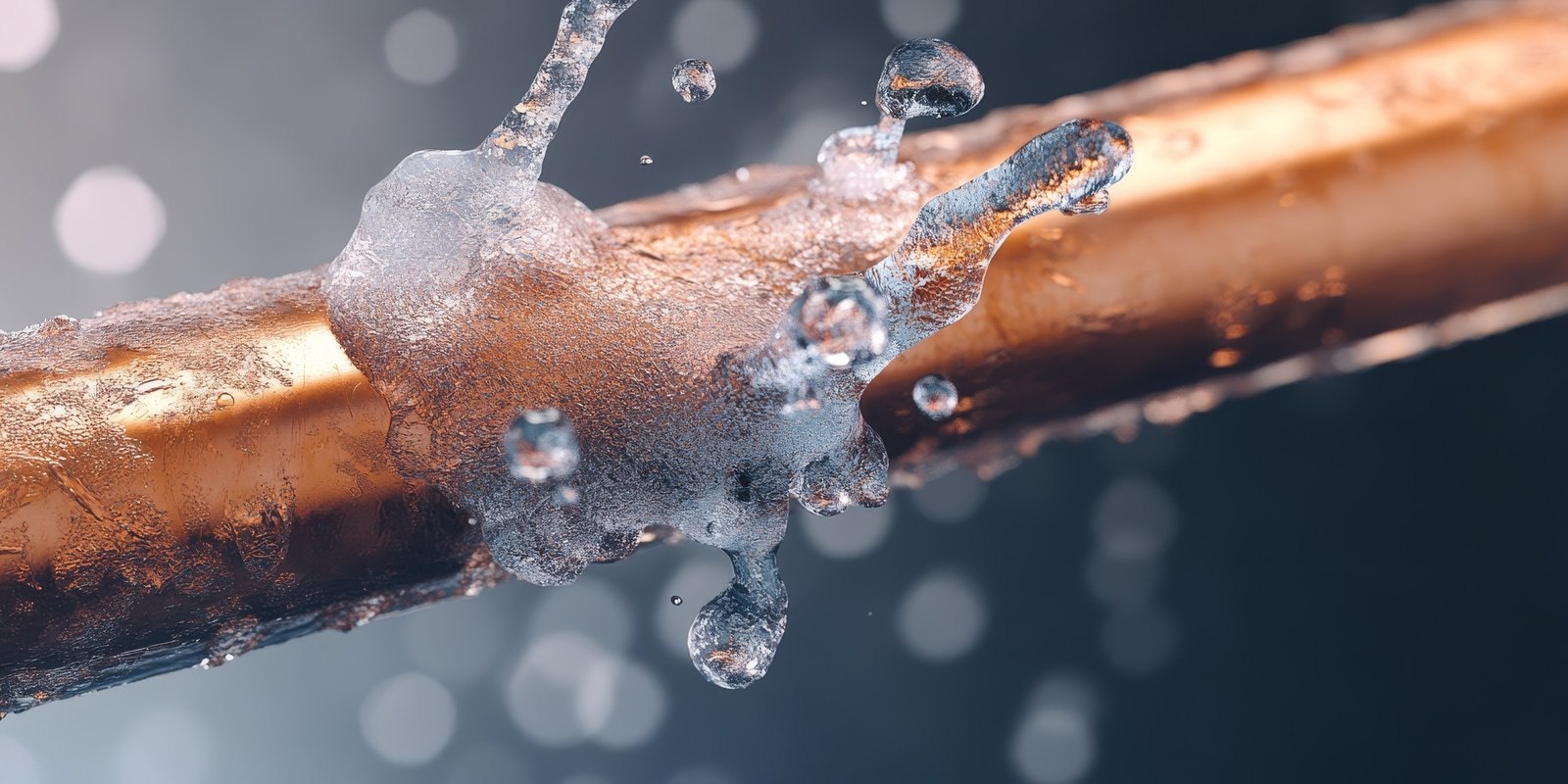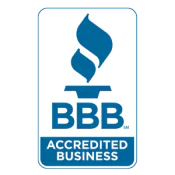As the winter chill settles over Des Moines, the risk of frozen pipes becomes a pressing concern for homeowners and businesses alike. Frozen pipes can lead to significant damage, costly repairs, and a whole lot of inconvenience. But fear not! With a bit of knowledge and proactive maintenance, you can prevent this icy disaster from striking your property. In this guide, we’ll explore how to prevent frozen pipes, detect early signs of freezing, and tackle the issue if your pipes do freeze.
Prevention: Your First Line of Defense
Preventing frozen pipes starts with understanding the conditions that lead to freezing. When temperatures drop below freezing, water inside pipes can solidify, expanding and potentially causing the pipe to burst. Here are some effective strategies to prevent this:
- Pipe Insulation: Use foam pipe insulation or heat tape, especially for pipes located in unheated areas like basements, attics, or garages. This simple step can make a significant difference in maintaining the temperature of your pipes.
- Seal Cracks and Openings: Cold air can seep into your home through cracks and openings. Inspect your home for gaps around windows, doors, and where pipes enter the house. Seal these areas with caulk or weather stripping.
- Maintain a Consistent Temperature: Keep your thermostat set to the same temperature during day and night. This consistency helps prevent pipes from freezing during sudden cold snaps.
- Open Cabinet Doors: Allow warm air to circulate around plumbing, especially for kitchen and bathroom sinks located on exterior walls.
- Let Faucets Drip: Allowing a trickle of water to flow through your faucets can prevent ice from forming inside the pipes.
Detection: Spotting the Early Signs
Early detection of frozen pipes can save you from a plumbing nightmare. Watch for these signs:
- Frost on Pipes: Visible frost is a clear indicator that the water inside may be freezing.
- Reduced Water Flow: A sudden decrease in water pressure could mean a pipe is freezing.
- Unusual Sounds: Strange noises like clanking or banging can occur when ice forms inside pipes.
Quick Fixes: Thawing Frozen Pipes
If you suspect frozen pipes, act quickly to prevent bursting. Follow these steps:
- Turn Off the Water: Shut off the water supply to prevent further damage.
- Apply Heat: Use a hairdryer, heating pad, or space heater to gently warm the pipe, starting from the faucet end and working back. Avoid open flames or high heat.
- Call for Emergency Plumbing: If you can’t locate the frozen section or if a pipe has burst, contact professionals for assistance. Holt offers 24-hour emergency plumbing services.
Proactive Maintenance: A Year-Round Commitment
Preventing frozen pipes requires regular attention. Schedule annual plumbing maintenance to keep your system in top shape. Consider a home energy assessment to improve efficiency and reduce heat loss.
Conclusion: Protect Your Home with Holt
Frozen pipes are a common winter issue, but with the right precautions and quick action, you can safeguard your property. At Holt, we provide expert plumbing services to tackle frozen pipes and other winter challenges. Contact us today for a free consultation and let us help protect your home from winter’s chill.












